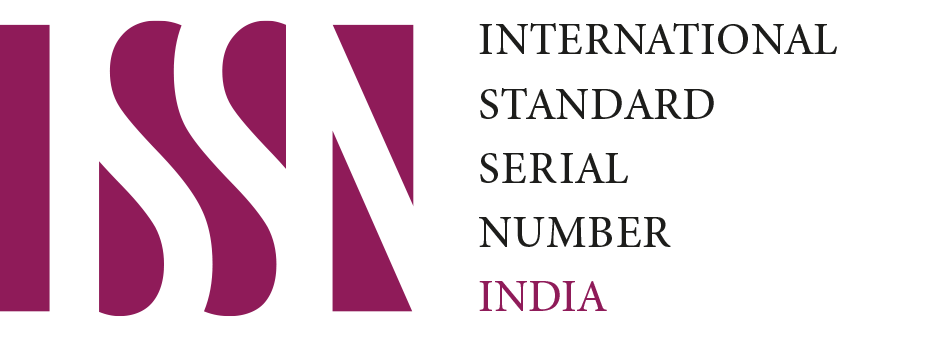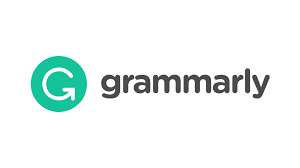NORMAL DENSITY OF CEMENTS, HARD-TO-STAY DURATION, HYDRATION SPEED, AND BRAND DETERMINATION.
Do’rmonova Sayyora Soatovna
Teacher of Termiz institute of engineering and technology
Muxiddinova Shaxzoda Ziyoviddinovna
Student of Termiz institute of engineering and technology
Keywords: Cement, normal density, setting time, hydration rate, cement brands, concrete properties, construction materials, quality control, structural integrity, and analytical testing.
Abstract
This study investigates the critical parameters of cement, focusing on normal density, setting time, hydration rate, and the variability associated with different cement brands. Normal density, a key indicator of cement quality, reflects the mass per unit volume under standard conditions. The setting time, the duration between mixing and solidification, directly affects construction timelines. Hydration rate, the speed at which cement particles react with water to form a solid matrix, determines the strength development of concrete. Additionally, the influence of various cement brands on these properties is explored. The research employs advanced testing methodologies and analytical techniques to provide a comprehensive understanding of these crucial cement characteristics, contributing to informed decision-making in construction projects.
References
Mehta, P.K., Monteiro, P.J.M. (2014). Concrete: Microstructure, Properties, and Materials. McGraw-Hill Education.
Taylor, H.F.W. (1997). Cement Chemistry. Thomas Telford Publications.
Mindess, S., Young, J.F., Darwin, D. (2003). Concrete. Prentice Hall.
Ramachandran, V.S. (2014). Concrete Admixtures Handbook: Properties, Science, and Technology. Noyes Publications.
Neville, A.M. (2011). Properties of Concrete. Pearson Education.
ASTM C150-20. (2020). Standard Specification for Portland Cement. ASTM International.
Malhotra, V.M., Mehta, P.K. (1996). High-Performance, High-Volume Fly Ash Concrete. CRC Press.
Ramezanianpour, A.A. (2005). Durability of Concrete. Taylor & Francis.
ACI Committee 318. (2014). Building Code Requirements for Structural Concrete (ACI 318-14) and Commentary. American Concrete Institute.
V.A.Zaitsev , V.I.Rodin , A.A.Novikov and others. “Chemical industry” No. 1, 36,1974
P.F. Gordashevsky, “Building materials”, No. 12,24,1964
N. Komagauskas , L. Gudinavichite , collection. “Proceedings of the Vilnius Research Institute of Construction Materials”, issue 1, Vilnius, 1964.
P.F. Gordashevsky, “Proceedings of the Republican Research Institute of Local Construction Materials”, No. 26, 14, 1963
P.P. Budnikov, “Gypsum, its research and application”, State Chemical Publishing House, 1943.
S.I.Royak, I.I Gershman, Chemical Industry magazine, No. 5,6,1933.
I.I _ Gershman, “Gypsum and phosphogypsum”, proceedings of NIUNF, vol . 101, Gshshkhimizdat, 1933.
P.F. Gordashevsky, I.I. Broydo, M.M. Stolovitskaya, “Building materials ”, No. 7, 1962.
V.I. Berezovsky, “Anhydrite cement from phosphogypsum”, “Belarus”, Minsk, 1964.
P.F. Gordashevsky, V.V. Ivanitsky, “ Building materials”, No. 8, 1971.

















